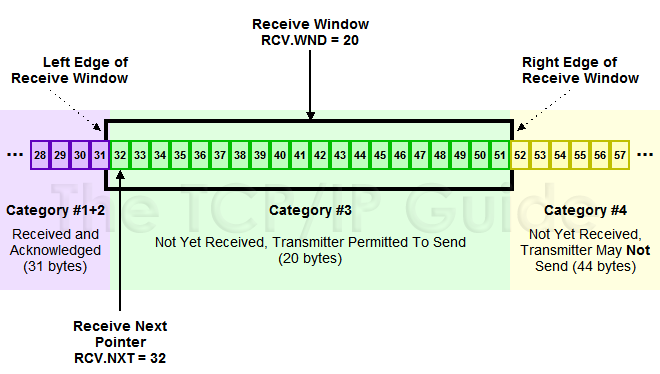 |
|
Please Whitelist This Site?
I know everyone hates ads. But please understand that I am providing premium content for free that takes hundreds of hours of time to research and write. I don't want to go to a pay-only model like some sites, but when more and more people block ads, I end up working for free. And I have a family to support, just like you. :)
If you like The TCP/IP Guide, please consider the download version. It's priced very economically and you can read all of it in a convenient format without ads.
If you want to use this site for free, I'd be grateful if you could add the site to the whitelist for Adblock. To do so, just open the Adblock menu and select "Disable on tcpipguide.com". Or go to the Tools menu and select "Adblock Plus Preferences...". Then click "Add Filter..." at the bottom, and add this string: "@@||tcpipguide.com^$document". Then just click OK.
Thanks for your understanding!
Sincerely, Charles Kozierok
Author and Publisher, The TCP/IP Guide
|
|
|

Custom Search
|
|
TCP Sliding Window Data Transfer and Acknowledgement Mechanics
(Page 3 of 6)
Receive (RCV) Pointers
The three receive categories are divided using two pointers:
- Receive Next (RCV.NXT): The sequence
number of the next byte of data that is expected from the other device.
This marks the first byte in Receive Category #3. All previous sequence
numbers refer to bytes already received and acknowledged, in Receive
Category #1+2.
- Receive Window (RCV.WND): The size of the receive window “advertised” to the other device. This refers to the number of bytes the device is willing to accept at one time from its peer, which is usually the size of the buffer allocated for receiving data for this connection. When added to the RCV.NXT pointer, marks the first byte of Receive Category #4.
The receive categories and pointers are illustrated in Figure 220.
|
|
|
| |||||||||||||||||||
Home - Table Of Contents - Contact Us
The TCP/IP Guide (http://www.TCPIPGuide.com)
Version 3.0 - Version Date: September 20, 2005
© Copyright 2001-2005 Charles M. Kozierok. All Rights Reserved.
Not responsible for any loss resulting from the use of this site.








 Key Concept: A set of receive pointers are maintained by each device, which are the complement of the send pointers. A device’s send pointers keep track of its outgoing data and its receive pointers the incoming data. The two receive pointers are RCV.NXT, which indicates the number of the next byte of data expected from the other device, and RCV.WND, which is the size of the receive window for that device. The RCV.WND of one device equals the SND.WND of the other device on the connection.
Key Concept: A set of receive pointers are maintained by each device, which are the complement of the send pointers. A device’s send pointers keep track of its outgoing data and its receive pointers the incoming data. The two receive pointers are RCV.NXT, which indicates the number of the next byte of data expected from the other device, and RCV.WND, which is the size of the receive window for that device. The RCV.WND of one device equals the SND.WND of the other device on the connection.